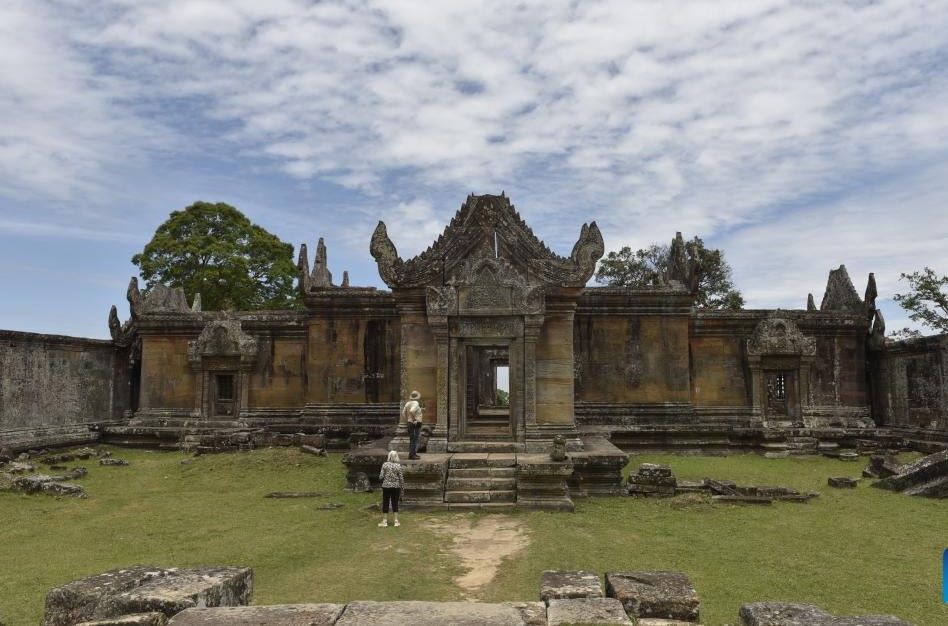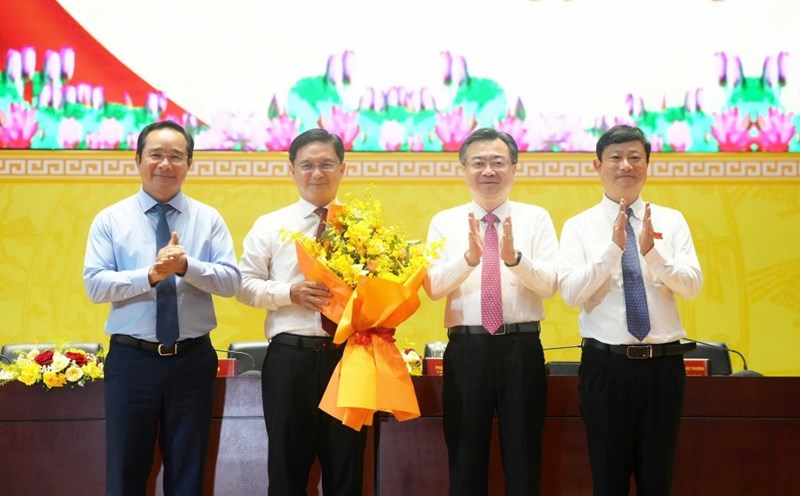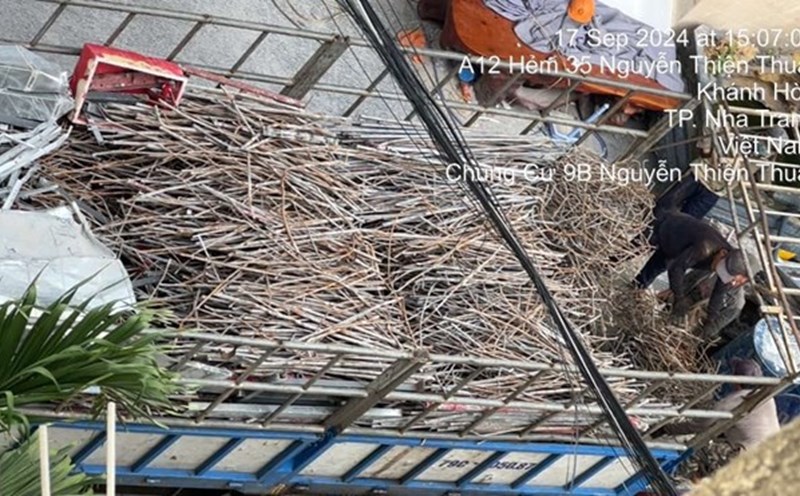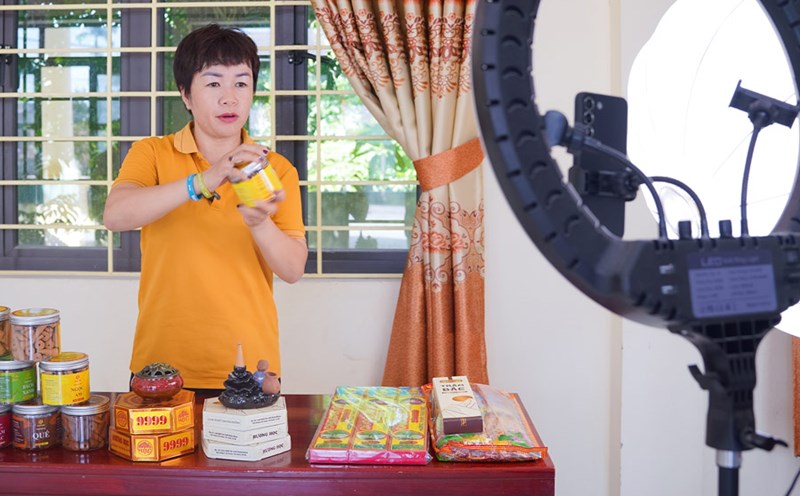The Thailand - Cambodia border conflict is experiencing its most serious outbreak in more than 10 years, with fierce shelling, as sovereignty tensions lasting more than a century have not been resolved.
Where does the dispute originate?
For more than a century, Thailand and Cambodia have been fighting for sovereignty at many locations not yet defined along the 817km long land border, which was first charted by France in 1907, when Cambodia was still under French control.
That map, which Thailand later opposed, was based on an agreement that the border would be divided along the natural drainage route between the two countries.
In 2000, the two countries agreed to establish a joint Border Committee to peacefully resolve overlapping demands, but have not yet made much progress in dispute resolution.
Controversy over sovereignty over historical sites has also broken out many times. Notably, an event in 2003 in Phnom Penh after a controversial statement about the Angkor Wat temple burned down the Thai Embassy and business in Cambodia.
Hot spots in the past
The 11th-century Hindu Temple named Preah Vihear - or Khao Phra Viharn as the Thais call it - has been the focus of controversy for decades, as both Bangkok and Phnom Penh have historically declared sovereignty over the temple.
Although the International Court of Justice (ICJ) has granted Cambodia the right to own the temple since 1962, Thailand continues to claim sovereignty over the surrounding land.
When Cambodia submitted a dossier to UNESCO in 2008 to recognize Preah Vihear Temple as a World Heritage Site, tensions flared up again, leading to armed clashes, culminating in a week-long fierce fighting in 2011 with dozens of casualties.
The ICJ later reaffirmed its 1962, ruling that the land around the temple also belonged to Cambodia and demanded the Thai military withdraw - something Bangkok had never officially accepted.

Where does the new stress come from?
Despite past controversies, the relationship between the two governments was once considered warm, partly due to the close relationship between former Thai Prime Minister Thaksin Shinawatra and former Cambodian Prime Minister Hun Sen.
However, the tension has returned since February 2025, when a group of Cambodians sang the national anthem at Ta Moan Thom Temple - an ancient relic declared sovereign by both countries. The Thai military blocked this action, leading to a tense confrontation.
Thailands Prime Minister Paetongtarn Shinawatra, Thaksins daughter,s efforts to cool down have also failed after the recording of the call between her and Hun Sen was leaked.
During the discussion, Ms. Paetongtarn was accused of criticizing the Thai Army Commander, causing a wave of outrage in the country. As a result, she was suspended from her position as prime minister by order of the court on July 1.
What is the solution to the conflict?
After the serious clash on May 28, the two sides agreed to hold a joint Border Committee meeting on June 14 to find a way to calm the situation. However, the armies of both countries have moved their forces to the border area, raising concerns about the prolonged conflict.
Cambodia said the current mechanisms were ineffective and said it would take the dispute in four border areas to the ICJ for arbitration. Cambodia has also sent a letter to the United Nations Security Council requesting intervention.
Meanwhile, Thailand has refused to recognize ICJ's authority in the current dispute, while asserting that it will only negotiate bilaterally if Cambodia stops its act of force.
In the latest clash from July 24-25, Thailand announced the number of dead was 15, including 1 soldier. At least 46 people were injured, more than 100,000 people had to be evacuated.
Meanwhile, officials in Cambodia's Oddar Meanchey province said one person was killed and six injured.











